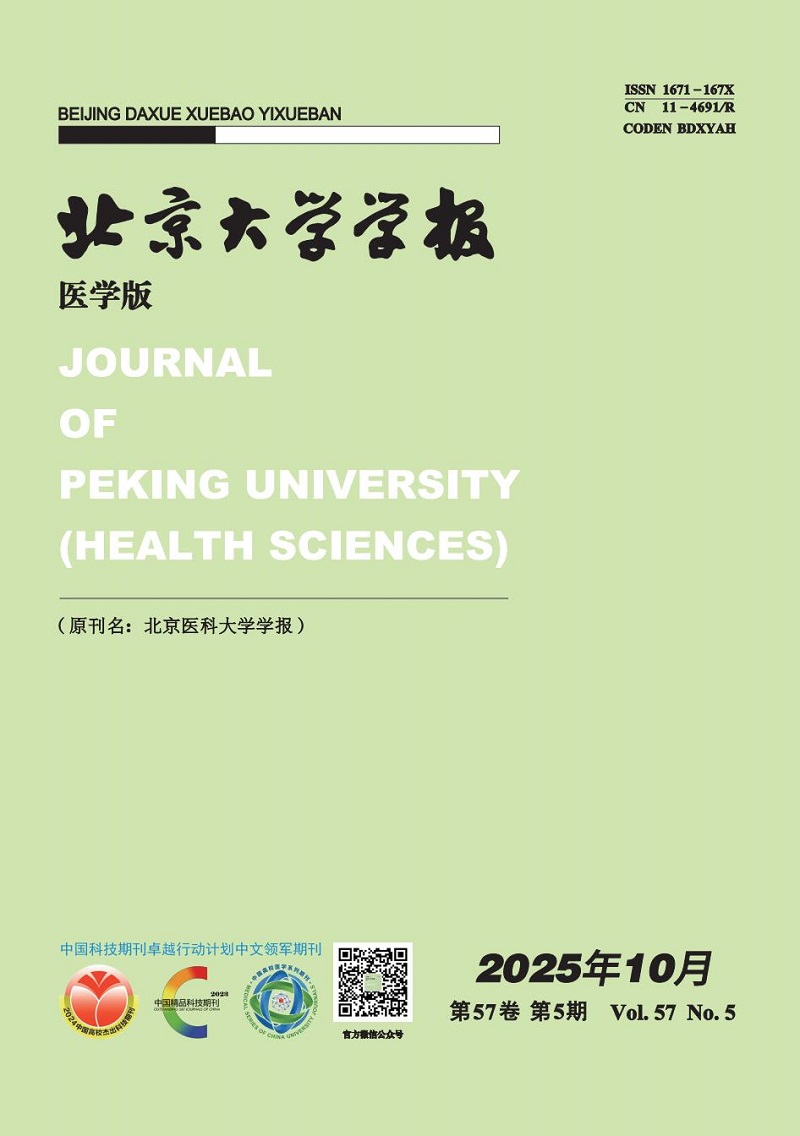 Table of Content
Table of ContentJournal Online
News
-
《北京大学学报(医学版)》2020年第52卷第3期“公共卫生学研究”重点号征稿和征订启示
(2019-12-31) -
《北京大学学报(医学版)》2020年第52卷第4期“泌尿外科疾病研究”重点号征稿和征订启示
(2019-12-19) -
《北京大学学报(医学版)》入选2018年度中国百种杰出学术期刊
(2019-11-20)

WeChat public address

Sponsor: Peking University
Editor-in-Chief: ZHAN Qi-min
Executive Editor-in-Chief: ZENG Gui-fang
Editing and Publishing: Editorial Department of Journal of Peking University (Health Sciences)
ISSN: 1671-167X
CN: 11-4691/R


